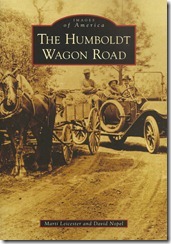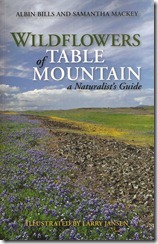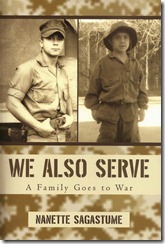"In 1863, John Bidwell and his partners ... put up $40,000 and applied to the California State Legislature for a franchise to construct a toll road between Chico and Honey Lake. ... In 1864, they incorporated as the Chico and Humboldt Wagon Road and completed road construction." Horse-drawn wagons looked like the future of transportation, and the gold rich states of California, Nevada and Idaho fueled the future.
The story of a humble roadway that eventually morphed into Highway 32 is told through a series of hundreds of black and white photographs in "The Humboldt Wagon Road" ($21.99 in paperback from Arcadia Publishing) by Marti Leicester and David Nopel.
According to an authors' note, Leicester, a retired National Park Service ranger, "lives on the Humboldt Wagon Road and sees remnants of it each time she drives to Chico and Butte Meadows." Nopel is "a descendant of pioneer families who settled along the road. ... Over 50 years, John Nopel, David's father and a noted Butte County historian, painstakingly collected thousands of historical photographs that inspired this book."
Lyon Books in Chico will be hosting the authors at a book signing this afternoon at 2:00 p.m. An interview with the authors, conducted by Nancy Wiegman for Nancy's Bookshelf on KCHO (Northstate Public Radio, 91.7 FM) is available at kchofm.podbean.com.
The book, part of Arcadia's "Images of America" series, traces the development of the roadway within three centuries, and introduces native peoples and pioneer families along the way, including Lady Mary Pullisa, a Maidu who survived the forced march from Chico "to a reservation in the Coast Range Mountains" in 1863.
Stories from pioneer descendants enrich many of the detailed captions. "The Humboldt Road summit was more than 6,000 feet in elevation between Jonesville and the Summit Hotel. Drivers would attach a log behind their wagons to provide friction and slow the descent from the summit. Several people interviewed for this book reported their mothers made them walk coming up or down the steep slope for fear the stagecoach would go off the edge of the road."
Butte Meadows hid a store's slot machine in the 1940s from the prying eyes of the law. The new road was a gamble for Bidwell, too, and the coming of the railroad changed the dream forever.



